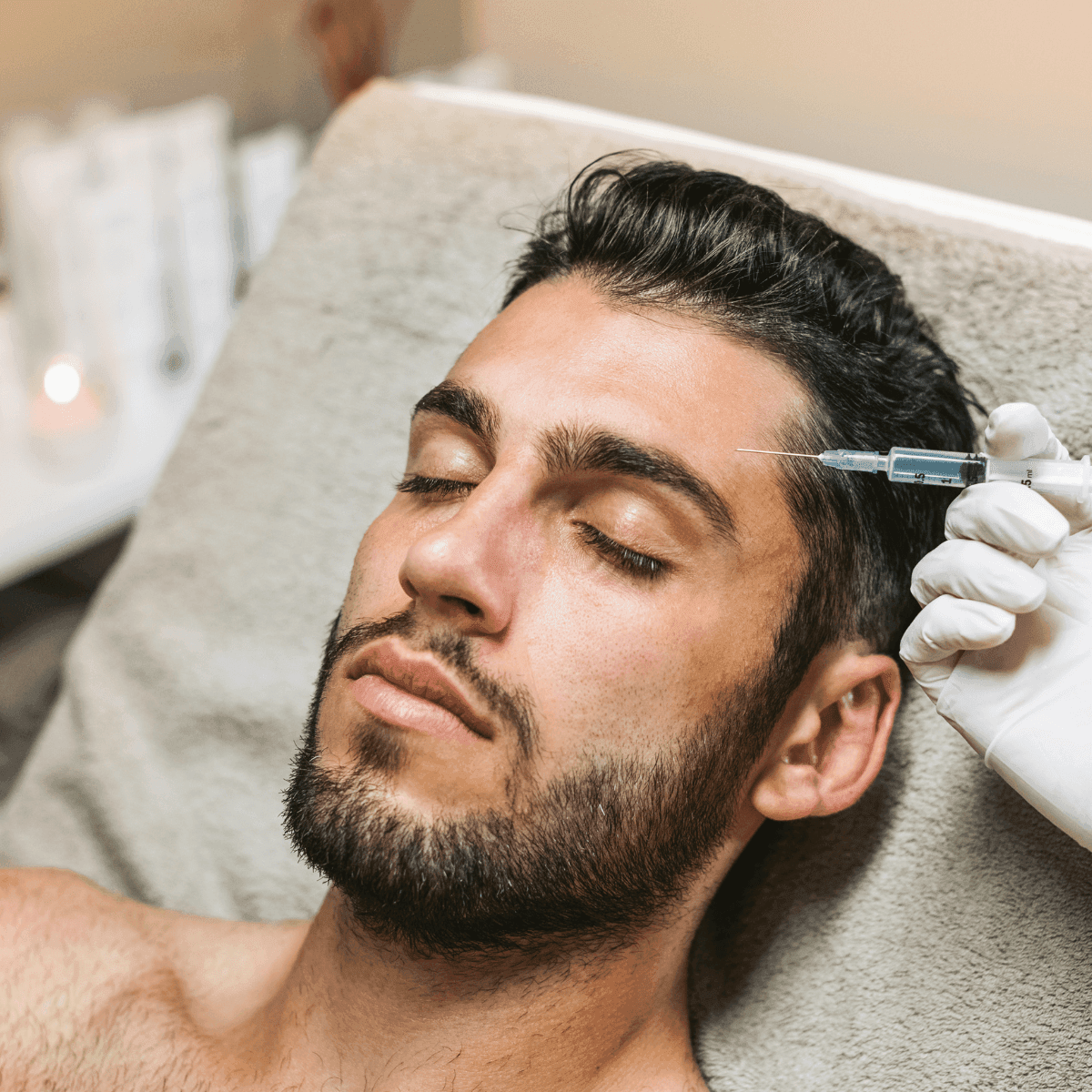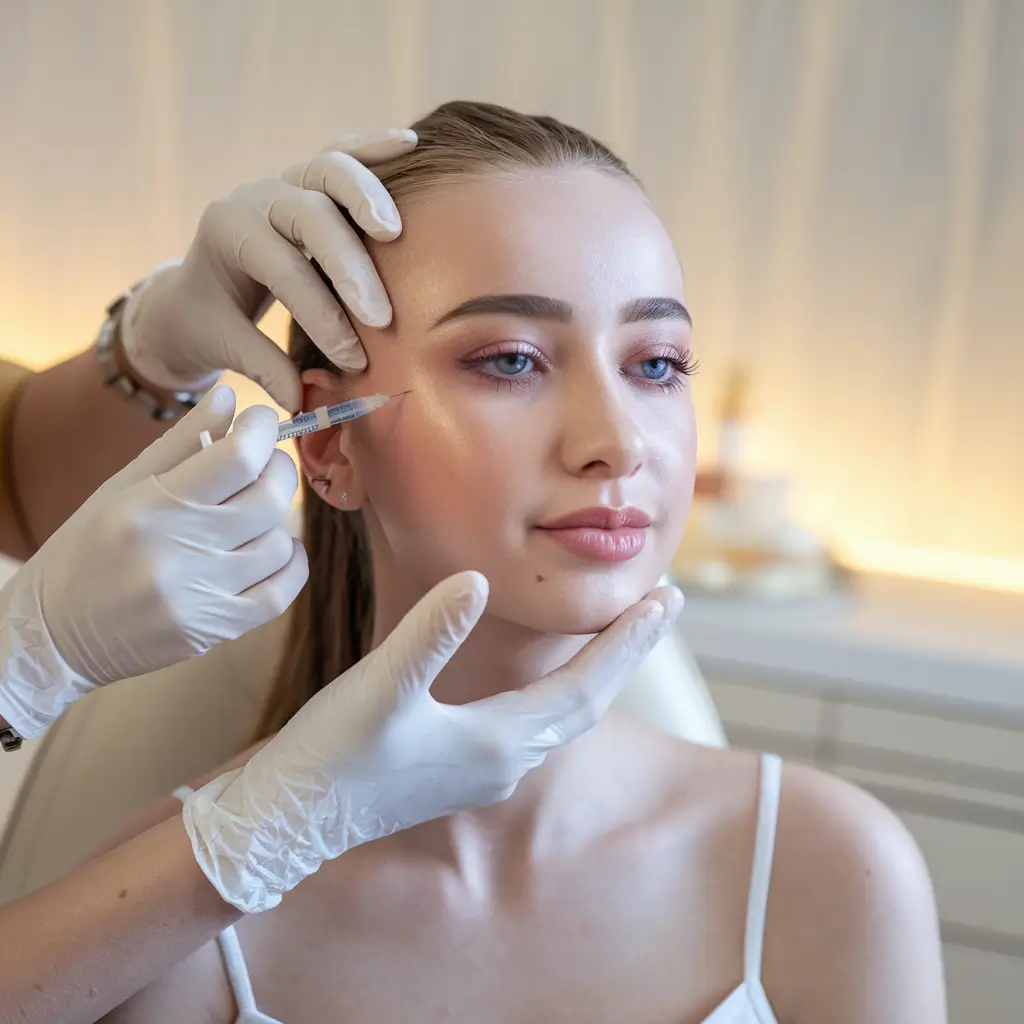In the realm of aesthetic enhancements, Botox treatments stand out as a popular choice for rejuvenating skin and reducing wrinkles. Yet, amidst its widespread popularity, misconceptions often cloud the true nature of Botox’s effects and applications. In this article, we will debunk some of the most common myths surrounding Botox treatments, offering clarity on its safety, effectiveness, and versatility in achieving natural-looking results.
Contents
- 1 Botox treatments provide immediate results
- 2 Botox treatment effects last forever
- 3 Botox treatments are suitable for women only
- 4 Botox treatments cause a face-freeze
- 5 Botox treatments are dangerous
- 6 Botox treatments are only for people with wrinkles
- 7 There is no need for a Botox treatment after plastic surgery
- 8 Botox treatments are suitable for everyone
Botox treatments provide immediate results
In the beauty industry, expectations often clash with reality, especially when it comes to Botox treatments. Contrary to instant gratification, Botox injections work by temporarily relaxing muscles to smooth out wrinkles – a process that requires time to manifest visibly. Typically, noticeable results begin to emerge within 3-7 days post-treatment, as the neurotoxin gradually blocks nerve signals to targeted muscles. Factors such as individual metabolism and injection technique also influence the onset of effects. Understanding these dynamics underscores the importance of patience and realistic expectations, ensuring a smoother journey towards achieving the desired youthful appearance.
Botox treatment effects last forever
Botox treatments, while effective, offer temporary results due to the nature of the neurotoxin used. The toxin temporarily blocks nerve signals to muscles, reducing their ability to contract and thus smoothing wrinkles. However, the body gradually breaks down and metabolizes the toxin over time, typically lasting 3-4 months. Individual metabolism, dosage, and muscle activity all play roles in varying the duration of results. This temporary nature necessitates periodic treatments to maintain desired effects. While not permanent, Botox remains a popular choice for its ability to refresh appearance without invasive surgery, offering flexibility and control in aesthetic maintenance.

Botox treatments are suitable for women only
Botox treatments are equally effective for men as they are for women, addressing common cosmetic concerns like forehead lines, crow’s feet, and frown lines. The neurotoxin works by temporarily relaxing targeted muscles, regardless of gender. Men often seek Botox to appear refreshed and youthful without invasive procedures, appreciating its subtle yet noticeable results. The treatment’s versatility and natural-looking outcomes make it suitable for enhancing facial aesthetics in both men and women, catering to individual desires for a more rejuvenated appearance with minimal downtime.
Botox treatments cause a face-freeze
Contrary to myths, Botox treatments do not freeze or immobilize facial expressions. Instead, they selectively relax targeted muscles to reduce wrinkles while preserving natural facial mobility. The neurotoxin works by allowing subtle adjustments without compromising facial expressions. Skilled practitioners tailor treatments to maintain balance and symmetry, ensuring a natural look that enhances rather than freezes facial dynamics. Patients can smile, frown, and express emotions as usual, enjoying rejuvenated skin with minimized lines and wrinkles, thanks to Botox’s precise and controlled application.
Botox treatments are dangerous
Botox treatments are considered safe when administered by qualified professionals. The neurotoxin used in Botox, derived from a purified form of botulinum toxin type A, is administered in very small, controlled doses. When properly injected, it should not cause any harm to surrounding tissues. Adverse effects such as mild bruising or temporary drooping can occur but are rare and usually resolve quickly. Extensive research and clinical trials support Botox’s safety profile for cosmetic use, making it a trusted choice worldwide for achieving natural-looking rejuvenation with minimal risk.

Botox treatments are only for people with wrinkles
Botox treatments should not be delayed until wrinkles are fully formed because prevention is key in maintaining youthful skin. Starting Botox earlier can help prevent the formation of deep wrinkles by relaxing muscles that cause repetitive facial movements, like frowning or squinting. Early intervention preserves skin elasticity and prevents permanent creases, leading to smoother, more youthful-looking skin over time. Additionally, starting Botox treatments before wrinkles become deeply etched reduces the amount of neurotoxin needed per session, resulting in more natural and subtle results. Consistent maintenance can prolong the benefits of Botox, ensuring long-term skin health and aesthetic appeal.
There is no need for a Botox treatment after plastic surgery
Botox treatments complement plastic surgery by addressing dynamic wrinkles that surgery doesn’t target. While surgery addresses sagging skin and structural changes, Botox effectively reduces lines caused by muscle movement, like crow’s feet or forehead wrinkles. By relaxing specific facial muscles, Botox enhances surgical outcomes by smoothing skin texture and maintaining a youthful appearance. Moreover, combining Botox with surgery prolongs the overall rejuvenation effects, providing a balanced, harmonious facial appearance. This dual approach offers comprehensive results, ensuring patients achieve smoother, more natural-looking skin with enhanced facial contours and minimized signs of aging.
Botox treatments are suitable for everyone
Botox treatments may not be suitable for everyone due to varying medical conditions and individual factors. People with certain neuromuscular disorders like ALS or myasthenia gravis should avoid Botox, as it can exacerbate muscle weakness. Pregnant or breastfeeding women are typically advised against Botox due to limited safety data. Additionally, individuals with allergies to Botox components or those prone to infections at injection sites should consult their healthcare provider before treatment. Understanding these contraindications ensures safe and effective use of Botox, as personalized medical assessment helps determine suitability and minimizes potential risks for each patient.
While Botox treatments offer significant advantages in rejuvenating skin and reducing wrinkles, achieving optimal and enduring results hinges on professional expertise. Choosing a qualified practitioner ensures precise injection techniques tailored to individual facial dynamics, enhancing safety and efficacy. Professional oversight also minimizes risks of adverse effects and ensures personalized treatment plans aligned with cosmetic goals. By prioritizing skilled administration and ongoing care, individuals can confidently navigate the path to youthful, natural-looking results with Botox, maintaining skin health and enhancing overall aesthetic satisfaction over time.


